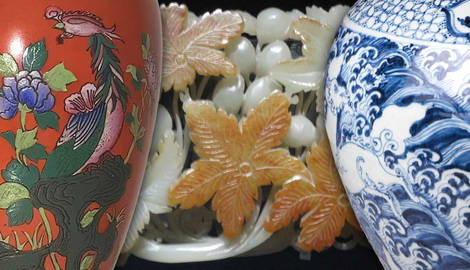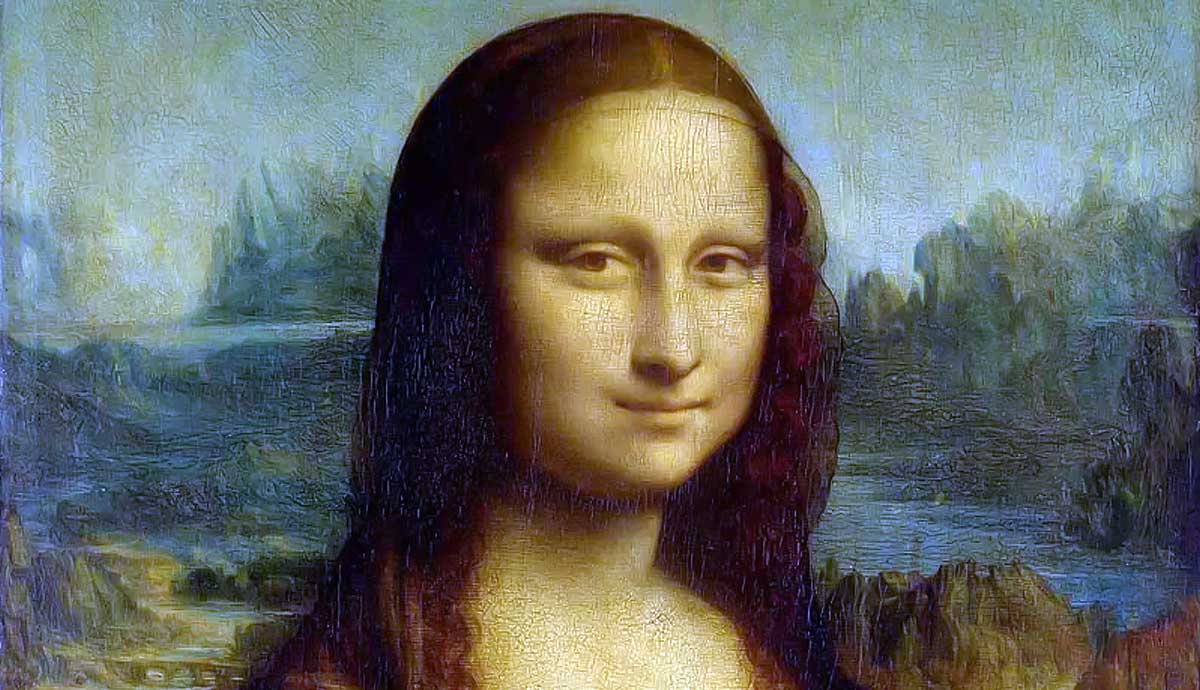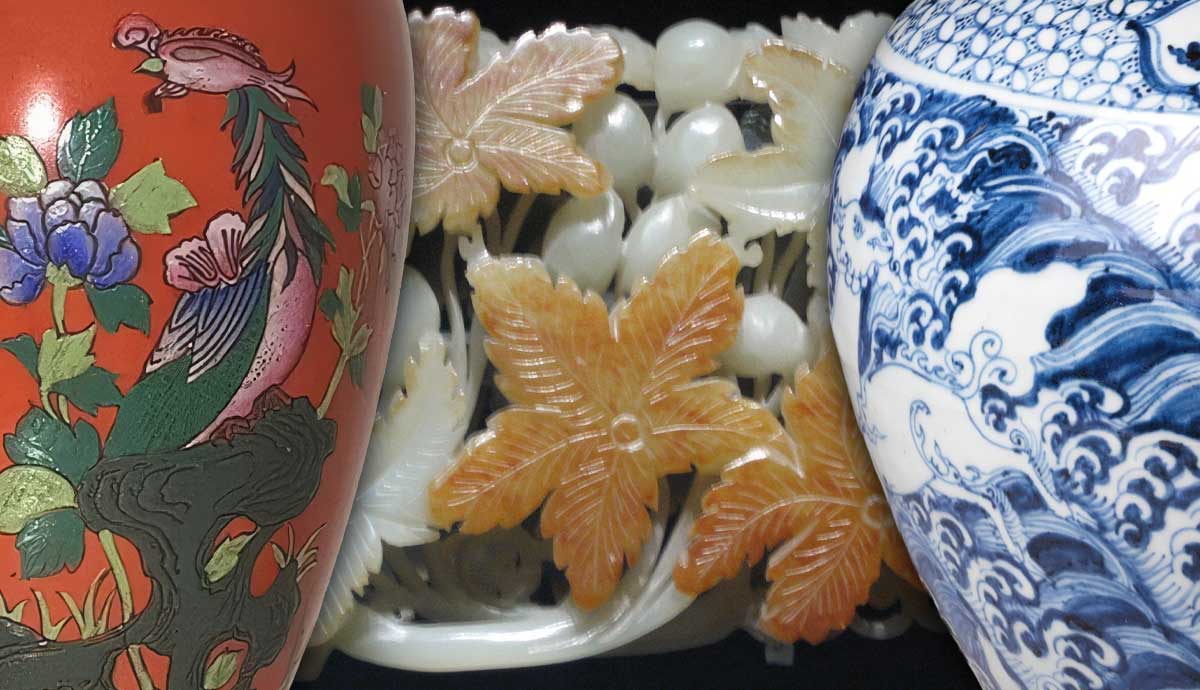
Chinese art has been around for several millennia. As such, each unique Chinese art form that exists today is likely part of China’s artistic tradition and has likely gone through many years of improvements. The tradition is believed to have begun with the advent of jade carving during the Neolithic period. Bronze-making in the Shang dynasty also contributed greatly to its art history. That said, many of the Chinese art items created during those eras showcase deep symbolism, especially related to its culture. The lotus flower, for example, was used to represent purity while the phoenix was used to symbolize beauty and virtue as well as the balance between yin and yang. The dragon, on the other hand, was frequently used to symbolize imperial power.
Jade Art Creation in China
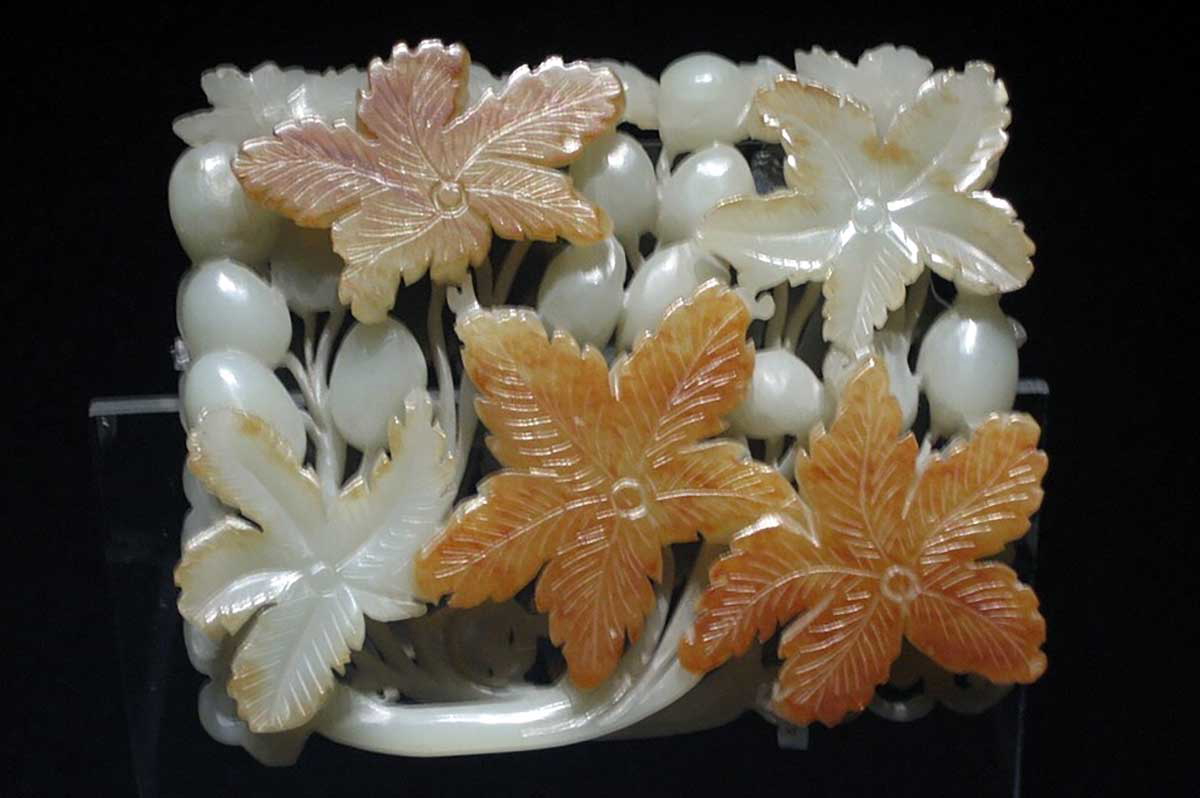
The Neolithic period saw more skilled jade art items begin to emerge across China. Interestingly, the Chinese love for the jade gemstone is often linked to a search for long life, as it stood for purity, humility, and goodness. The oldest prized jade items date to around 3000 BC and include ceremonial objects such as bi discs and cong tubes. Of course, Shang dynasty carvings, which improved along with the use of metal tools also added to the popularity of early jade art items.
One of the more notable aspects of jade production in China is that it was one of the very few places in the world where jade-making continued unabated for thousands of years. Ultimately, the Qing Dynasty, which spanned from 1644 to 1911, had the most extensive range of jade collections. During the era, Emperor Qianlong collected a huge amount of jade items. His support for the craft helped to promote it to the highest levels.
Bronze Casting in Ancient China
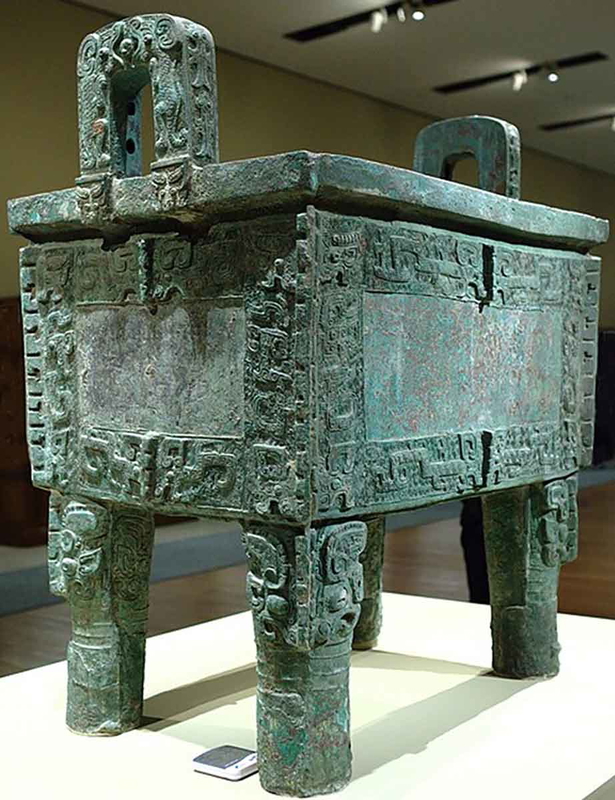
When it comes to bronze casting, China first became famous for its metalworking skills during the Shang and Zhou dynasties which spanned from 1600 BCE to 256 BCE. During this time, bronze pieces and items were used in religious ceremonies to symbolize veneration. Overall, they were used to symbolize power and authority, and only the rulers and the elite were allowed to use them. Following improvements in metalworking methods using the piece-mold casting technique, the art of bronze-making in China reached some of its highest artistic peaks of the ancient era.
In many ways, the bronze-making technologies used during the Shang dynasty were more advanced compared to those of other cultures of the time. The complex piece-mold technique, for example, helped to create very detailed vessels and was used for centuries after. It propelled Chinese bronze-making artistry to the global arena in the ancient world. When the Zhou dynasty which followed finally disintegrated after 800 years, China entered a period that encouraged new ideas. During this time, the volume and quality of bronze items created became even more impressive compared to earlier times and other regions.
How Chinese Calligraphy Was Unique
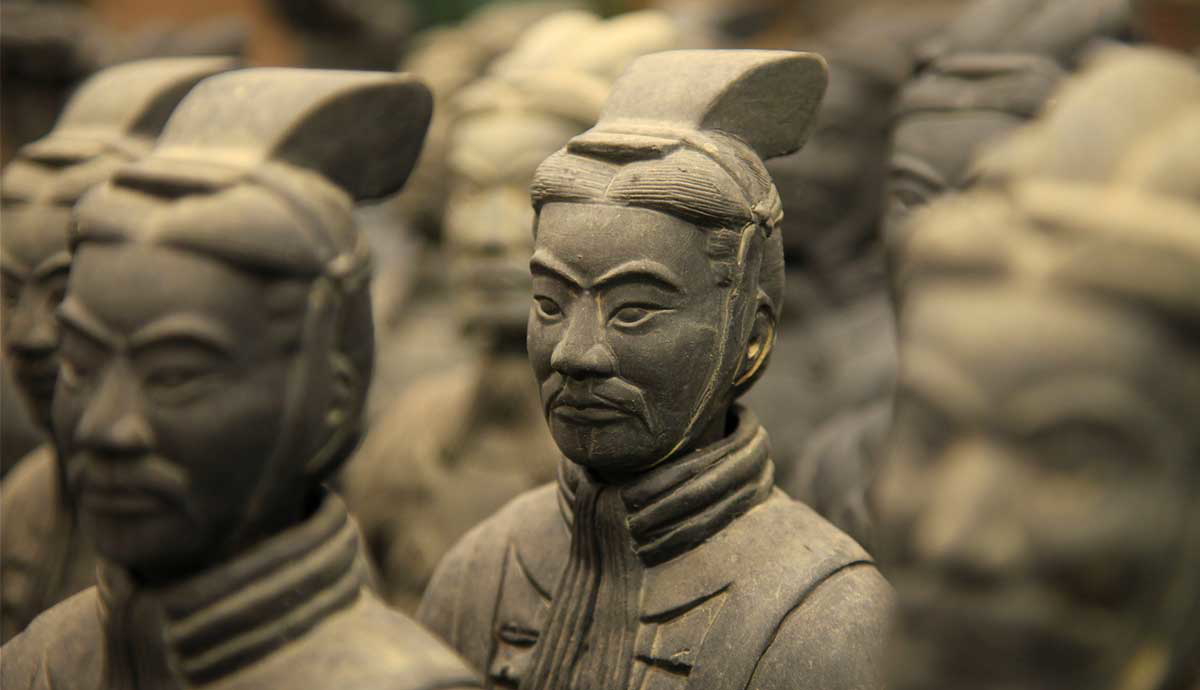
Following the establishment of the Qin dynasty in 221 BC, a new period of unification began. It was the era that created the huge Terracotta Army which is today considered to be one of China’s greatest artistic wonders. The underground collection of army sculptures was made up of thousands of life-sized soldiers, horses, and chariots. China’s first emperor, Qin Shi Huang, commissioned the project while he was in power. Interestingly, each sculpture had its own unique details.
After the Qin dynasty fell, the Han dynasty (from 202 BC to 220 AD) saw the greatest advancements in paper-making and calligraphy. This was because paper was invented during the era and as a result, many of the earliest advancements in calligraphy styles come from that period. No other region came close at the time.
How China Dominated the Porcelain Trade Before the 18th Century

China was the first country in the world to create porcelain. The art of making porcelain items, albeit in a rudimentary form, began in China during the Shang Dynasty which lasted between the 16th and 11th centuries BC. However, China was able to dominate the porcelain trade from the 14th to 19th century as it made use of two main ingredients which were readily available in the region, and they were kaolin and petuntse. More specifically, the blue-and-white style porcelain items became valued worldwide during this time and led to millions of pieces being exported.
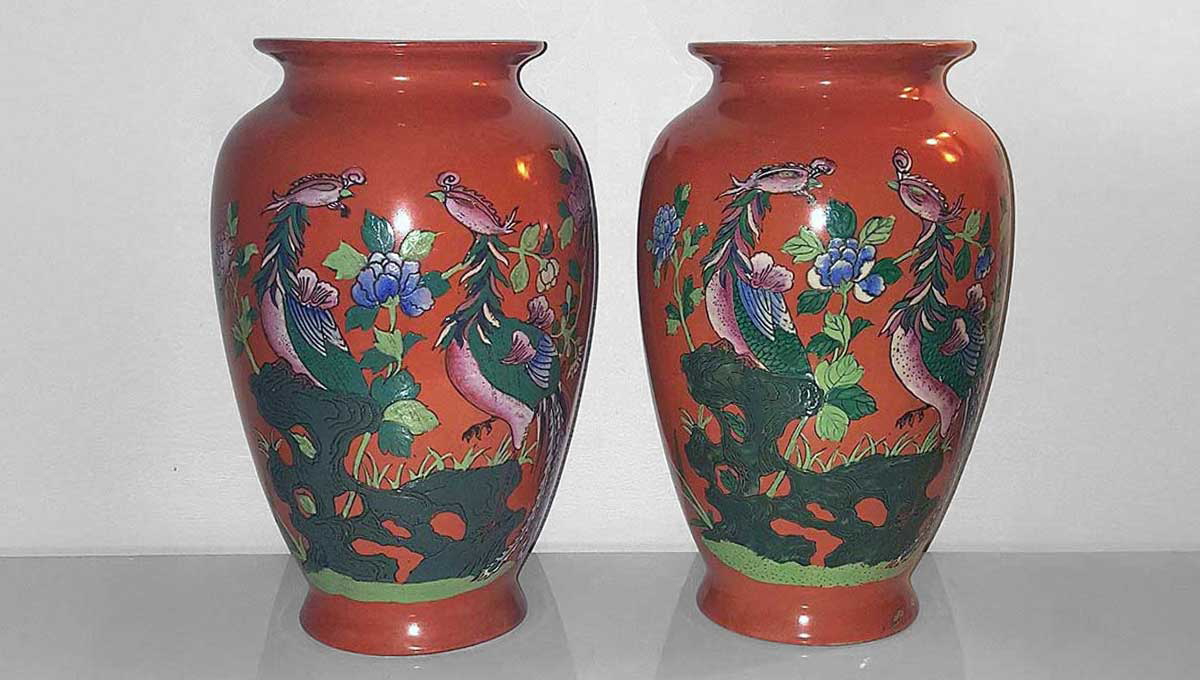
While Chinese porcelain became popular around the world during the Ming dynasty, its artists also faced increasing competition from European imitators who were unsuccessful in uncovering its formula until the 18th century.
